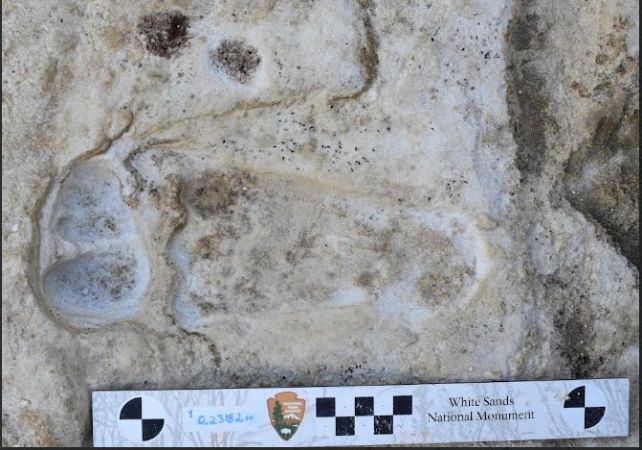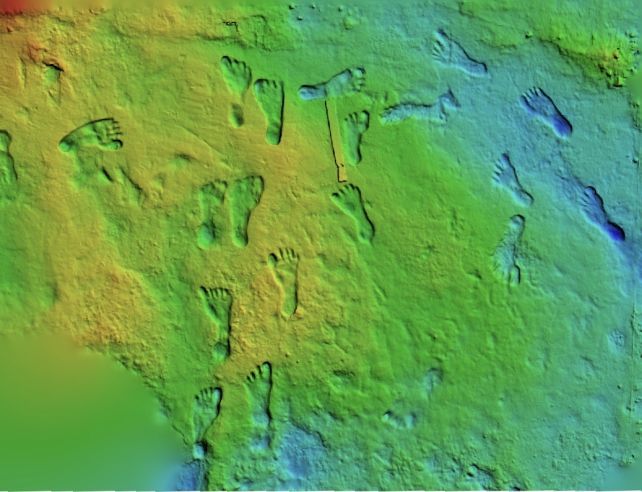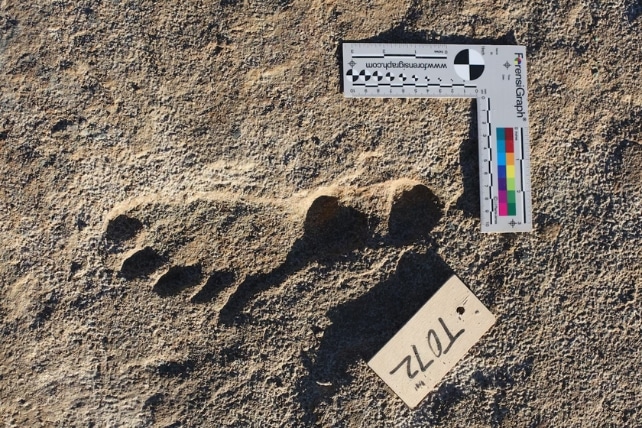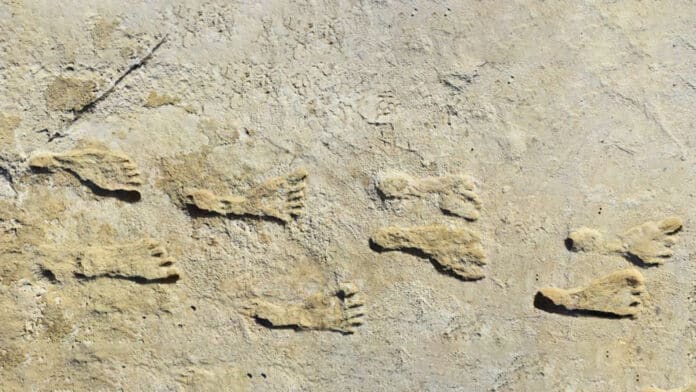According to conventional wisdom, humanity first appeared in North America between 16,000 and 13,000 years ago. But recently, more and more proof has emerged that points to a much earlier time. Crucial evidence indicating earlier occupation was provided in 2021 by fossilized footprints from White Sands National Park in New Mexico, dated between 20,000 and 23,000 years ago. However, this conclusion was debatable.
In a follow-up study, U.S. Geological Survey researchers and an international team of scientists used two new approaches to date the footprints. The result shows the same age range as the original estimate.

The original age estimates were obtained by radiocarbon dating. Dating seeds of the common aquatic Ruppia cirrhosa discovered in the fossilized impressions was the first step in determining the age of the White Sands footprints. Aquatic plants, however, can obtain carbon from dissolved carbon atoms in the water rather than from the surrounding atmosphere, which may result in the calculated ages being too old.
Kathleen Springer, USGS research geologist and co-lead author on the current Science paper, said, “Even as the original work was being published, we were forging ahead to test our results with multiple lines of evidence. We were confident in our original ages and the strong geologic, hydrologic, and stratigraphic evidence, but we knew that independent chronologic control was critical.”

Since conifer pollen comes from terrestrial plants and can be radiocarbon-dated without any potential problems, the researchers chose this method for their follow-up investigation on aquatic species like Ruppia. For each sample they dated, the researchers painstakingly separated about 75,000 pollen grains. A direct comparison was possible because the pollen samples were taken from the same strata as the original seeds. The pollen age and associated seed age were statistically the same each time.
These pollen samples also aid scientists in understanding the broader environmental context when the footprints were made. The pollen in the samples came from plants typically found in cold and wet glacial conditions, in stark contrast with pollen from the modern playa, reflecting the desert vegetation today.
Scientists also used a different type of dating called optically stimulated luminescence. The technique dates the last time quartz grains were exposed to sunlight. By employing this technique, they discovered that quartz samples taken from the footprint-bearing layers had a minimum age of about 21,500 years, further confirming the radiocarbon findings.

Scientists noted, “With three separate lines of evidence pointing to the same approximate age, it is doubtful that they are all incorrect or biased and, taken together, provide strong support for the 21,000 to 23,000-year age range for the footprints.”
Journal Reference:
- Jeffrey Pigati, Kathleen Springer, et al. Independent age estimates resolve the controversy of ancient human footprints at White Sands. Science. DOI: 10.1126/science.adh5007
